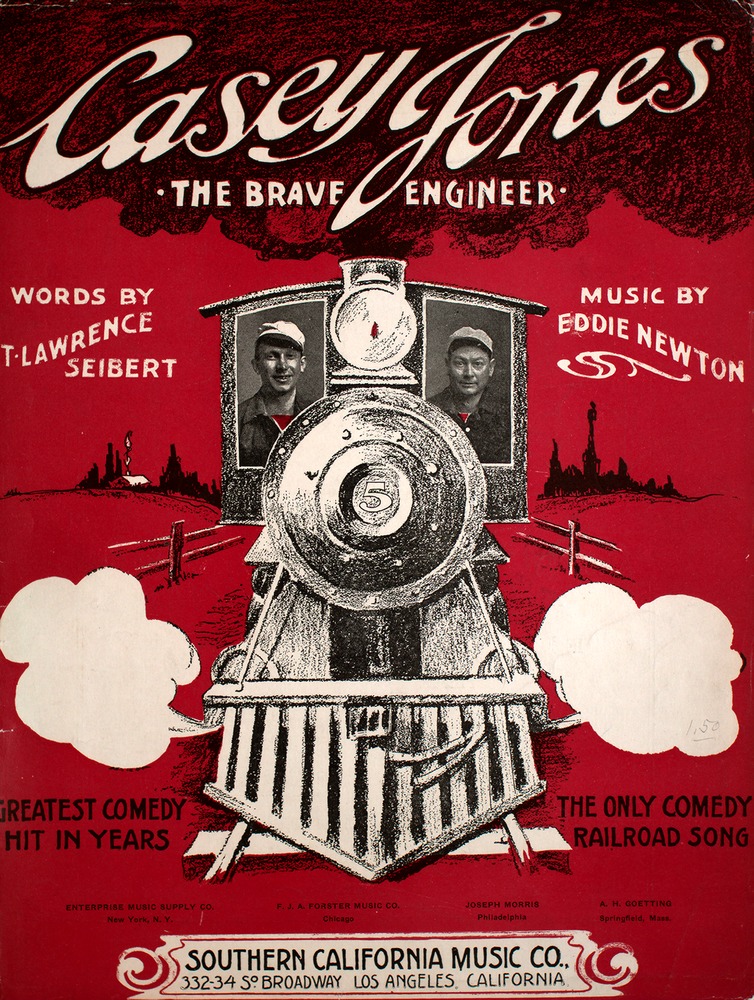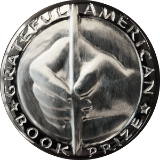April 1 — April 30, 2025
History Matters
Showing our children that their past is prelude to their future, with book recommendations
First Publication of The Great Gatsby, by F. Scott Fitzgerald, 1925
Generally regarded as the quintessential Jazz Age novel, and one of America’s finest works of fiction, The Great Gatsby was published in April 1925 by Charles Scribner’s Sons; at twenty-eight, F. Scott Fitzgerald had already produced two major novels: This Side of Paradise (1920), and The Beautiful and Damned (1922).
He was born in St. Paul, Minnesota, raised in New York, graduated from Princeton University, and had a long relationship with the wealthy Chicago socialite, Ginevra King. After that romance washed out, Fitzgerald joined the U.S. Army at the beginning of World War I more out of despair than patriotism. Although he had dreamed of getting killed in combat, Fitzgerald was not deployed overseas; instead, he started writing fiction during his time in training camp.
The Great Gatsby was based—partially—on his liaison with King, but it was conceived in the midst of his boozy, frenetic life with his wife, Zelda, during Prohibition-era New York City. Eventually, the mysterious millionaire Jay Gatsby became one of the best-known fictitious figures in American literature, but success was not immediate; the book got mixed reviews; it didn’t garner commercial traction until after Fitzgerald’s death. His wild lifestyle contributed to his 1940 passing, and so did his disappointment about what he believed to be a failed literary career. During World War II, however, Gatsby became a huge hit in inexpensive paperback printings; after the war, arbiters and authors reappraised the work, and concluded it was one of the best ever written.
For more information, The Grateful American Book Prize recommends Bob Batchelor’s Gatsby: The Cultural History of the Great American Novel (2013).

F. Scott Fitzgerald and Zelda Fitzgerald in 1923
The Casey Jones Train Wreck, April 1900
Nobody would have remembered Casey Jones, had it not been for an April 30, 1900, courageous act, which transformed Jones into a posthumous, hero-turned-cultural phenomenon. The thirty-seven-year-old Missouri engineer was working for the Illinois Central Railroad on the night of April 29-30 when his Memphis Tennessee train, bound for Canton, Mississippi, approached a broken-down freight train near Vaughan, Mississippi. Spotting the cars ahead, Jones stuck to the controls in his engine—the “Cannonball—and managed to slow it just enough to prevent a catastrophe that would have killed many of his passengers, if he not sacrificed his life in the collision which followed.
In an era before widespread popular musical recordings, the story of Casey Jones was repeated again and again among railroaders across the country, in the form of improvised folk songs. Wallace Saunders, a railroad employee who knew Jones, disappeared into history after casually composing the ditty, The Ballad of Casey Jones: “Come, all you rounders if you wanna hear the story about a brave engineer/of a brave engineer/Casey Jones was the roller’s name on a 68 wheeler course he won the fame …” The only royalty Saunders ever received was a bottle of gin. After it was popularized in Vaudeville, the song became a steadfast hit, recorded by Pete Seeger, Burl Ives, Johnny Cash, Mississippi John Hurt, and Bing Crosby. The poet-biographer, Carl Sandburg, called it the best ballad in American musical history.
For more information about Casey Jones and the history of American folk music, the Grateful American Book Prize recommends John A. Lomax’s and Alan Lomax’s American Ballads and Folk Songs (1994).

Casey Jones. The Brave Engineer. Published 1909.
Ed Lengel is an author, a speaker, and a storyteller.
History Matters is a feature courtesy of the Grateful American Book Prize, an annual award for high quality, 7th to 9th grade-level books dealing with important events and personalities in American history.




